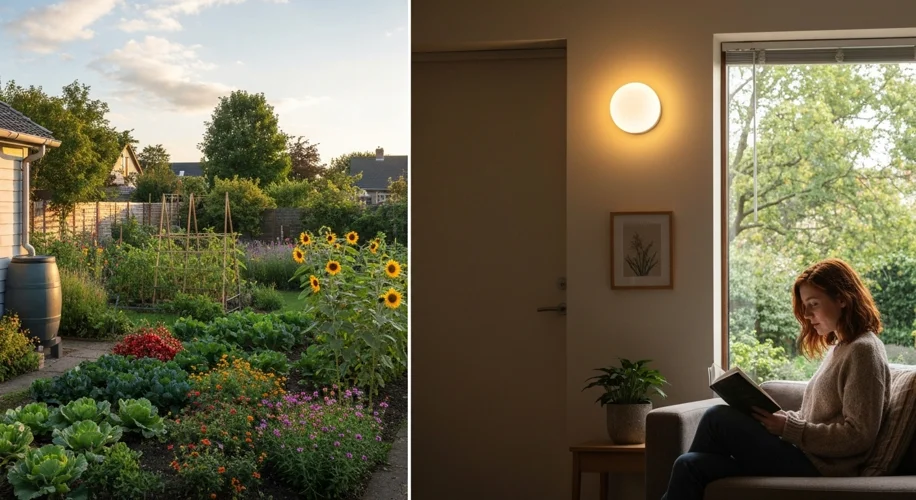Hey everyone, Elias here!
Living in the suburbs often conjures images of manicured lawns and quiet streets, and that’s certainly part of it. But for me, it’s also about embracing a more sustainable way of life right where I am. Today, I want to share some practical tips for bringing greener habits into your suburban home and garden. It’s about making small, achievable changes that add up to a big difference for our planet and our own backyards.
Water-Wise Gardening in the Suburbs
Our gardens are precious spaces, but they can also be water-intensive. I’ve found that being mindful of water usage can make a huge difference. Instead of watering every day, I water deeply but less frequently. This encourages plants to develop stronger root systems, making them more resilient. Rain barrels are another fantastic way to capture free water for your garden. It’s surprising how much water you can collect during a good rainstorm!
When choosing plants, I try to select varieties that are native to our region or are known to be drought-tolerant. They often require less supplemental watering and are better suited to our local climate. Mulching around plants is also a game-changer – it helps retain soil moisture and suppresses weeds, meaning less work and less water needed.
Tackling Household Waste
One of the most impactful things we can do is reduce the amount of waste we send to the landfill. Composting is a cornerstone of my sustainable living practices. It turns kitchen scraps and yard waste into rich, nutrient-dense soil for my garden. If you have a yard, a simple compost bin is easy to set up. Even if you live in a smaller suburban home, there are options like vermicomposting (worm composting) or countertop composters that work really well.
Recycling is, of course, essential. I make sure to understand what my local recycling program accepts and rinse out containers. It’s also worth looking for ways to reduce waste before it even happens. Choosing products with minimal packaging, opting for reusable bags and containers, and repairing items instead of replacing them are all great steps.
Energy-Efficient Home Upgrades
Our homes use energy for heating, cooling, lighting, and appliances. Making them more efficient is good for our wallets and the environment. Simple upgrades like switching to LED light bulbs are an easy win. They use significantly less energy and last much longer than traditional incandescent bulbs.
Insulation is another key area. Ensuring your attic and walls are well-insulated can drastically reduce the energy needed to keep your home comfortable year-round. I’ve also looked into smart thermostats, which can learn your habits and adjust the temperature automatically, preventing unnecessary energy use when you’re away or asleep.
These practices might seem small, but when we all adopt them, the collective impact is significant. It’s about connecting with our environment, being mindful of our resources, and creating a healthier, more sustainable lifestyle right here in our suburban neighborhoods. Let’s get our hands dirty and grow a greener future together!
Happy sustainable living!

